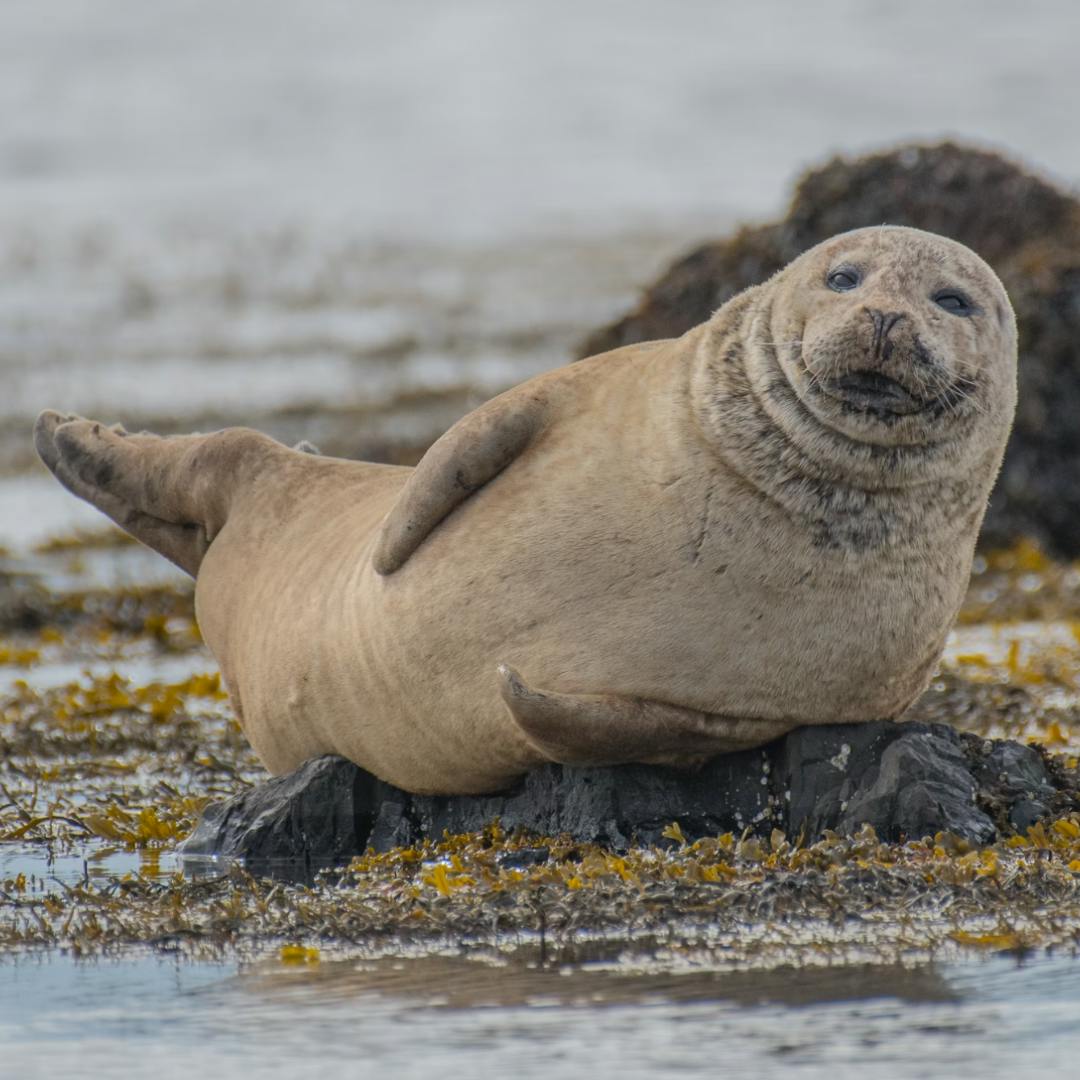Our Hotels
Keahotels is one of the largest hotel chains in Iceland operating ten hotels. Together the hotels provide over 800 rooms and service travelers, local and foreign, all year round.

Reykjavík — Capital
Vík — South Iceland
Akureyri — North Iceland
Siglufjörður — North Iceland
Grímsnes — South Iceland
The Animals of the Land of Fire and Ice
Iceland is indeed a fascinating place for those who enjoy the wildlife, with its unique ecosystem shaped by its isolated location, volcanic landscape, and subarctic climate, Iceland’s wildlife sure does offer a unique experience.
Due to Iceland’s remote location and harsh environment, it does not have the same diversity of wildlife as some other regions, but it brings a rugged charm and some remarkable species that we want to tell you about. Before we start, here is a reminder about observing these animals from a safe and respectful distance to avoid disturbing their peace.
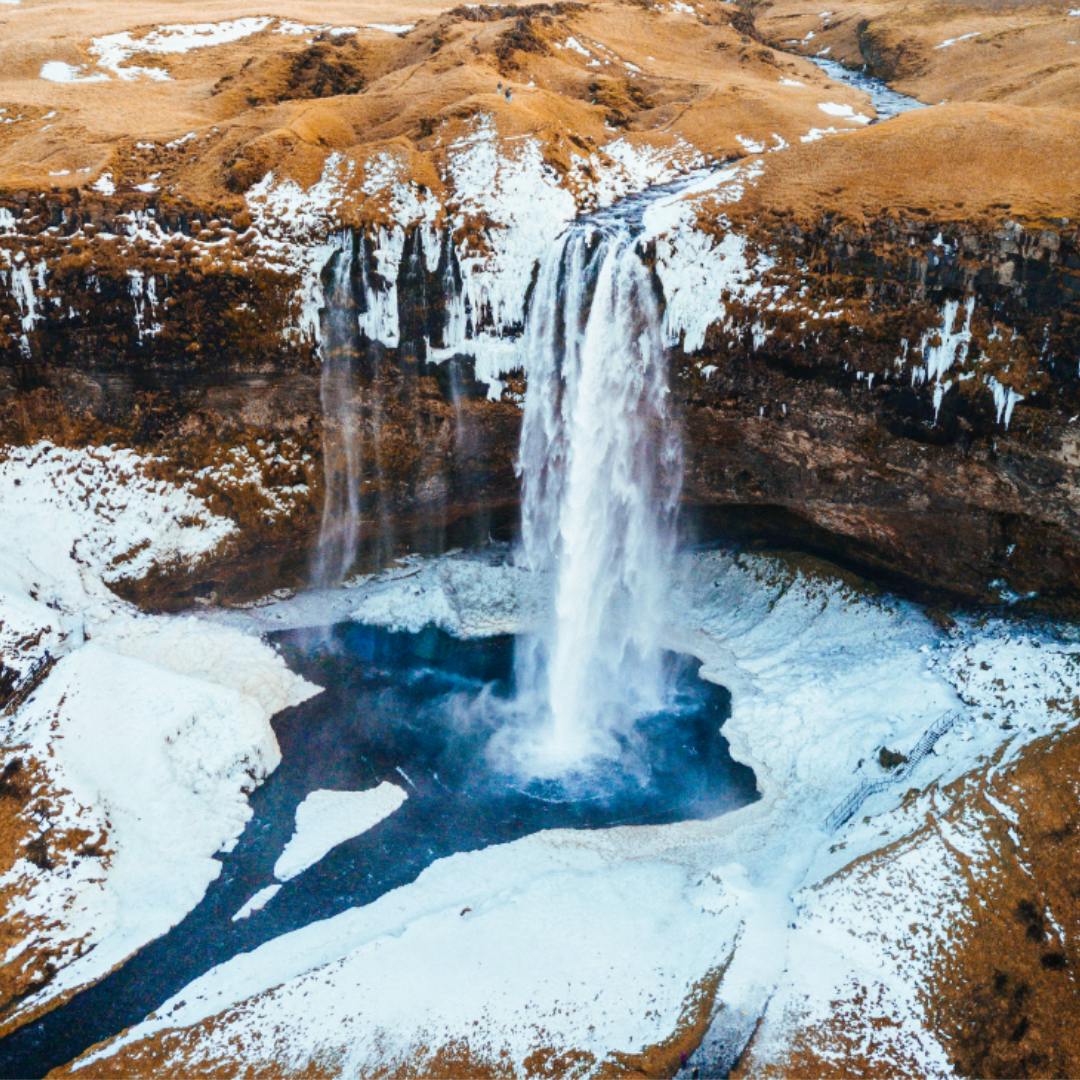
Arctic Fox
Let’s start with the adorable Arctic Fox (Vulpes lagopus). First things first, the Artic Fox is the only native mammal to Iceland and arrived after the last Ice Age. Their fur changes colour with the seasons, white in the winter like snow and brown or grey in the summer like rocks. You can find the Arctic Fox near coastal areas, especially in the Westfjords. Hornstrandir in the Westfjords is the fox’s sanctuary as hunting is banned there so we recommend visiting there if you are looking to see some adorable tricksters.
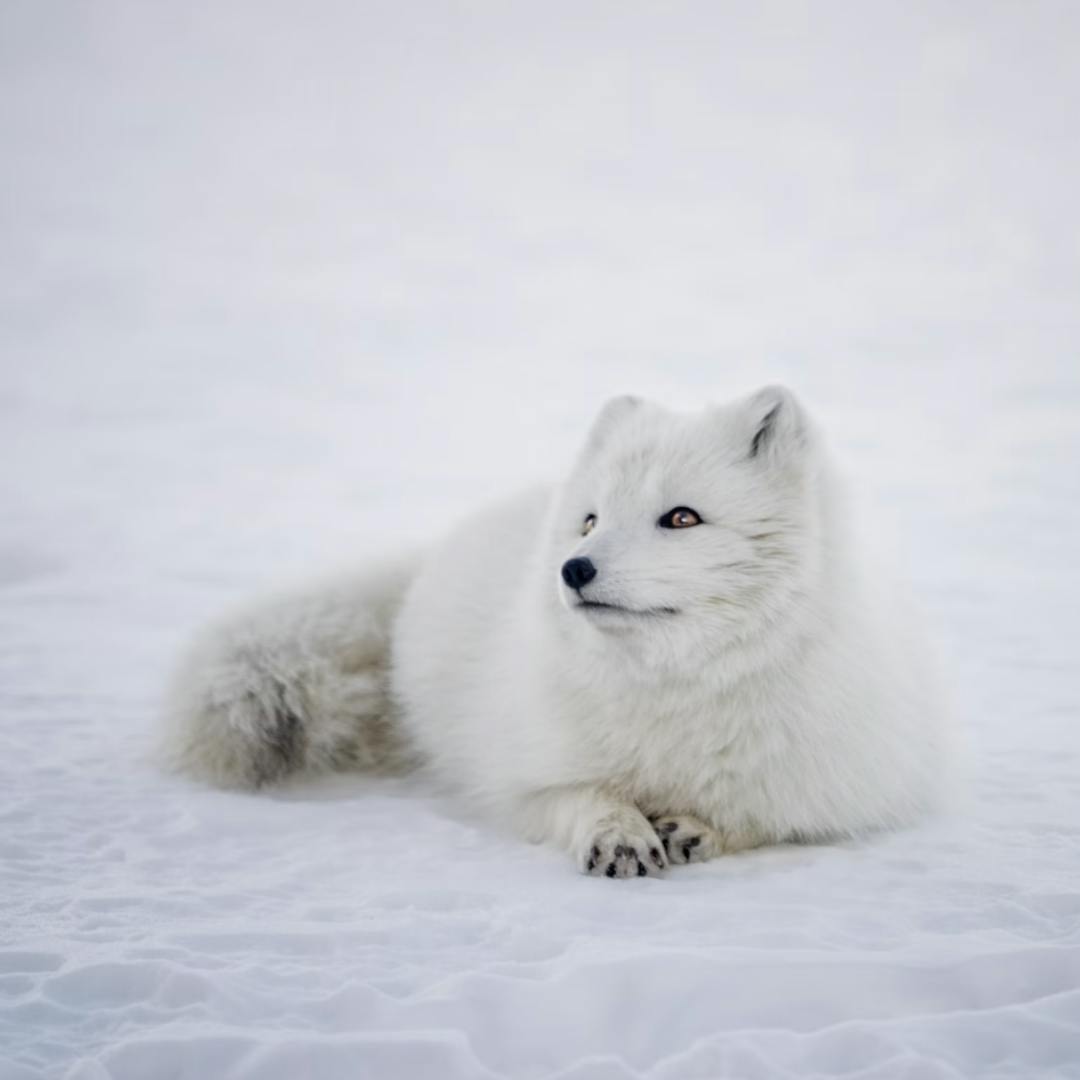
Reindeers
Second are the majestic reindeers (Rangifer tarandus). One would think that reindeers were native to Iceland but that is not the case. Reindeers were introduced to Iceland from Norway in the late 18th century as an effort to establish a new source of meat. Their numbers are controlled and carefully managed to maintain ecological balance. They can be found in the highlands and Eastfjords.
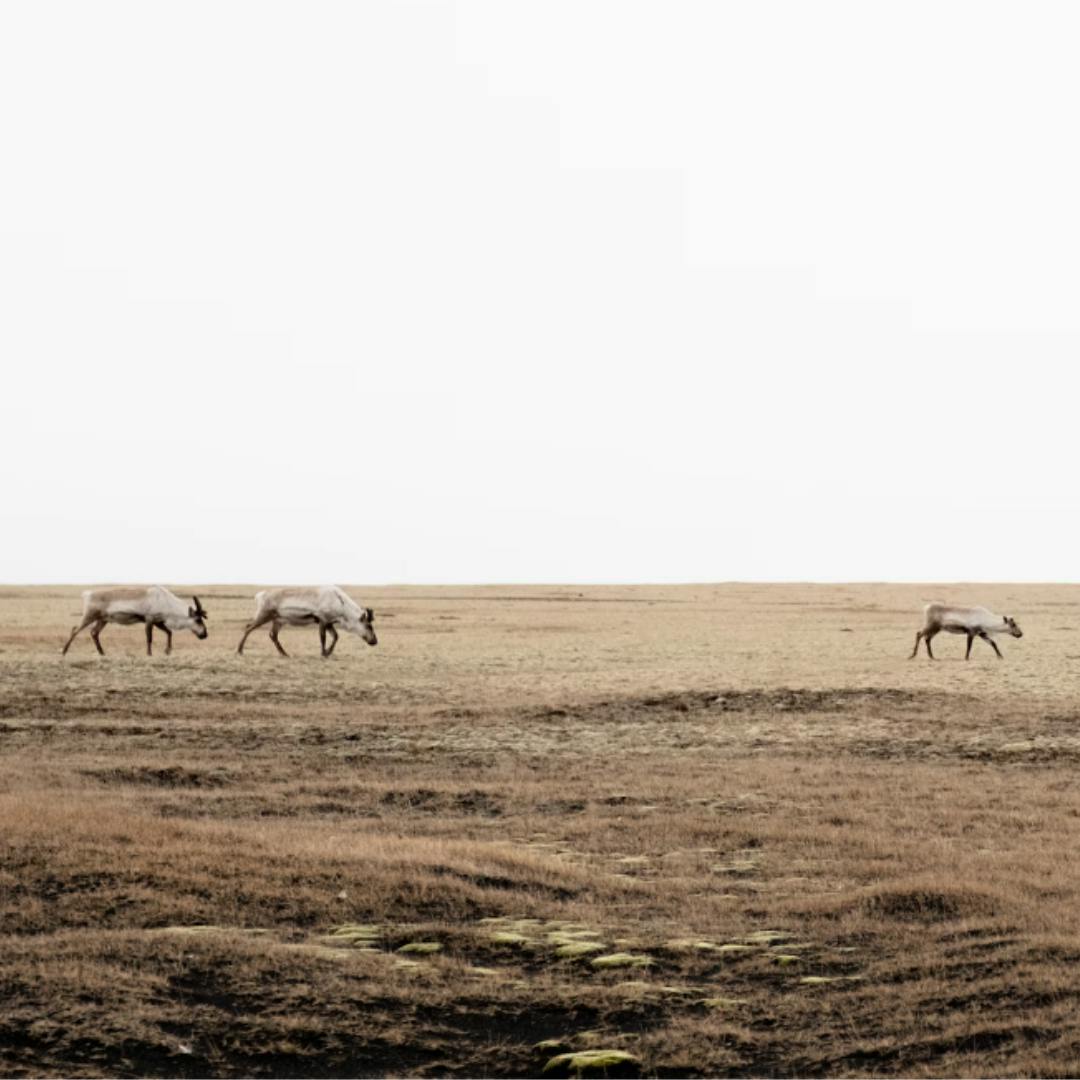
Puffins
Third time’s the charm, right? Let’s take a look at Iceland’s most iconic bird, the popular Puffin (Fratercula arctica). Iceland is home to the largest puffin colony in the world and major puffin colonies can be found in the Westman Islands (Vestmannaeyjar), Látrabjarg in the Westfjords and the islands Grímsey, Papey and Dyrhólaey. The puffin is our most beloved seabird and is often called the Atlantic Puffin. Its clumsy flight and cute appearance have also given it the adorable nickname “Clown of the Sea” but don’t underestimate it for puffins are great swimmers and can be aggressive when threatened.
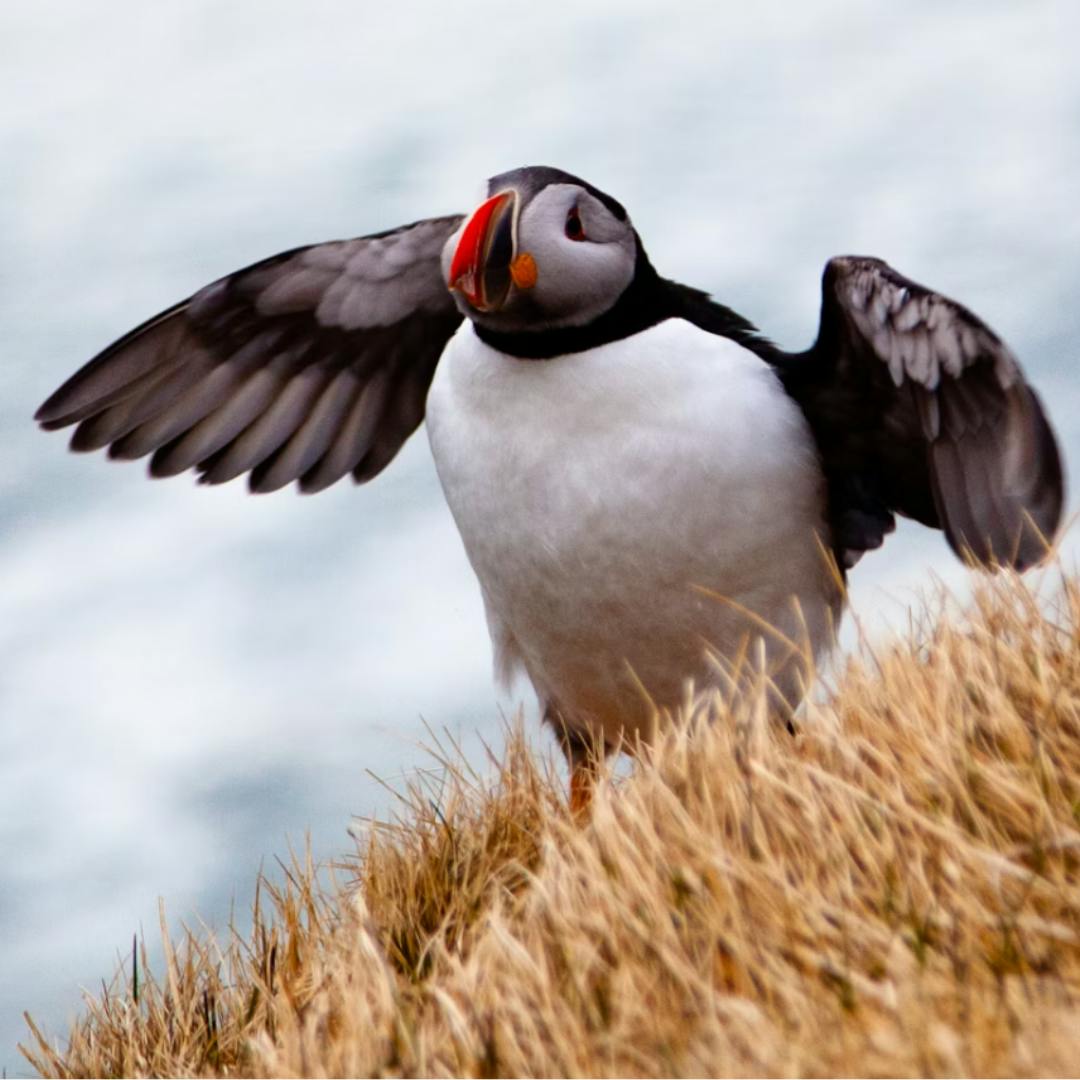
Minks
This fourth animal is a bit of a problem, the American mink (Neovision vision) was introduced to Iceland and brought in for fur farming in the 1930s but … you guessed it, the minks escaped into the wild and here we are. They are an invasive species and have established a stable but a problematic population in the wild in many parts of Iceland, near rivers and lakes. The minks’ presence has a damaging effect on our native wildlife, especially the seabird population. However, they have become a part of Iceland’s wildlife whether we like it or not.
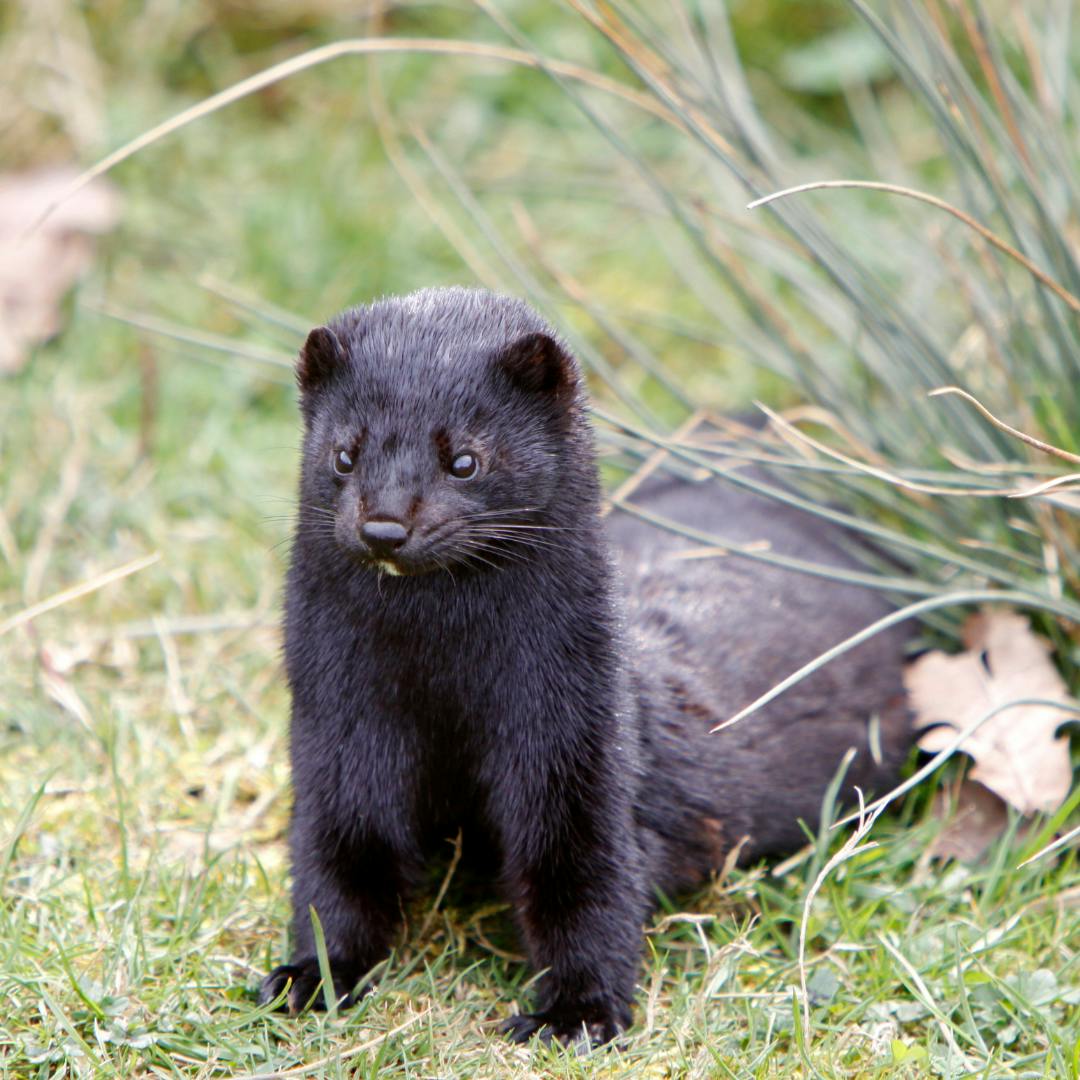
Whales
Now let’s take this talk out to the sea and take a look at our fifth animal, the gorgeous whale. Iceland is one of the best countries in the world for whale watching. The Whale Capital of Iceland, Húsavík, in the North so we recommend booking a room at our own Hótel Kea and head to Húsavík from there. Driving takes about and hour. The most commonly seen whales around Iceland are, humpback whales (Megaptera novaeangliae), minke whales (Balaenoptera acutorostrata), blue whales (Balaenoptera musculus), orcas (Orcinus orca) and male sperm whales (Physeter macrocephalus). Whale watching tours are available in Iceland and are a popular activity in the summertime.

Seals
Last but not least our sixth and final animal, the merman’s best friend, the seal. Two species of seals are commonly seen near Iceland, and both are just as adorable. The harbour seal (Phoca vitulina) is a curious one and does not mind humans. Meanwhile the grey seal (Halichoerus grypus) is more elusive and avoids humans. These ‘dogs of the sea’ can be seen all around the coastline and shores, particularly in shallow waters and the famous Jökulsárlón Glacier Lagoon.
